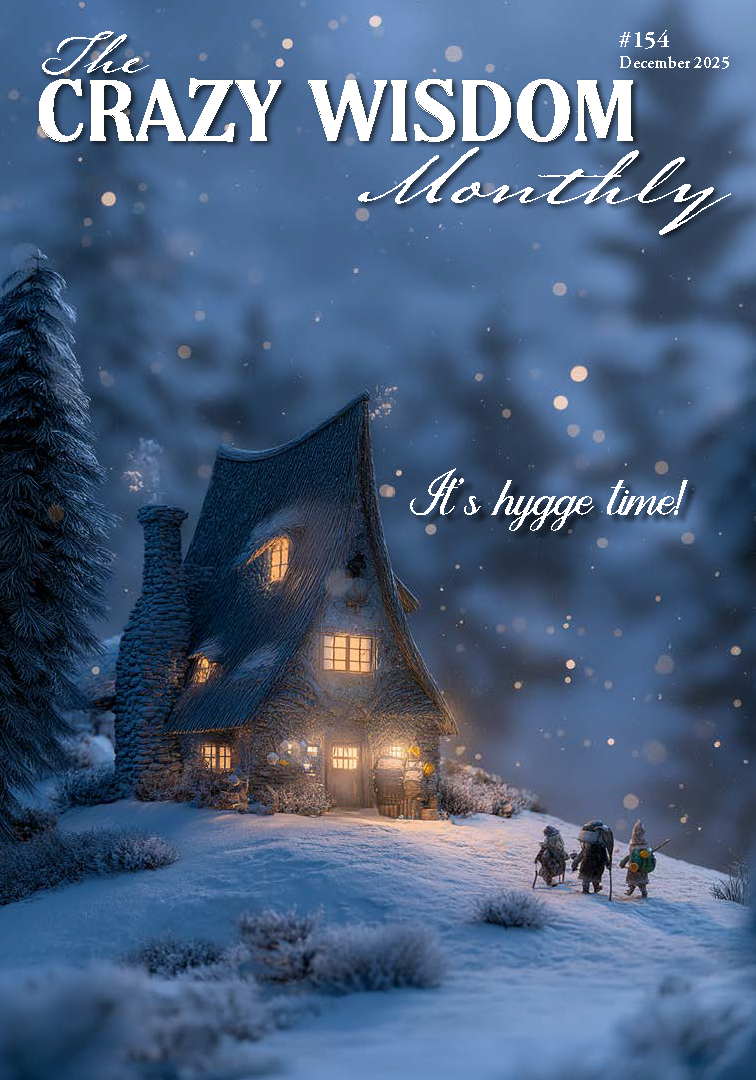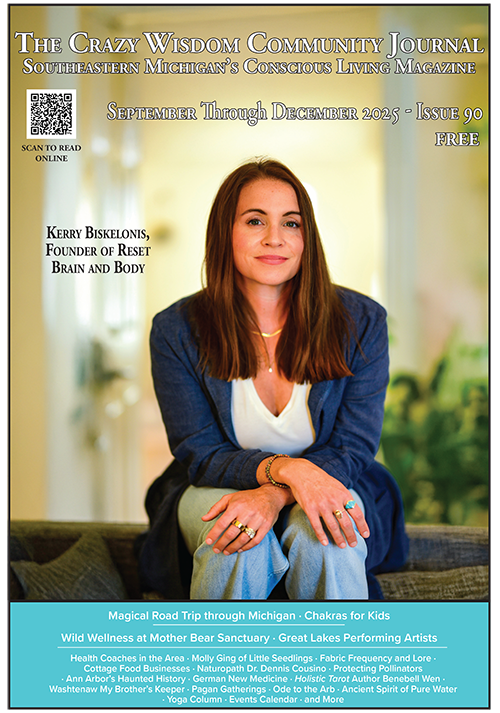By Katharine B. Soper
Preface
After my first journey to Santiago in June of 2002, I believed that a “real” pilgrimage could only be made in the traditional way, that is, the hard way. And for me, this meant eschewing the products and services that made it possible to avoid most of the Camino’s hardships. “Creature Comforts on the Camino, Part 1: Do Real Pilgrims Take Cold Showers?” addresses changes in the infrastructure that eased the Way. Part 2 looks at the effect of technological advances on the Camino, specifically smartphones, email, and apps.
When I began writing this second blog in early February 2020, the coronavirus pandemic was an ill-defined threat on a distant horizon. By mid-March, as I prepared to post it, a pandemic of unnerving proportions was wreaking havoc on the social and economic well-being of much of the world and causing deaths in the thousands.
The Covid-19 pandemic has also effectively shut down the Camino for an indefinite period. I say effectively because the Camino is actually a system of dozens of main trails and hundreds of smaller regional paths coming from all over Europe and Britain and leading to Santiago de Compostela in northwestern Spain. It would be impossible to physically close all of these trails, much less monitor the closings. But since borders are closed in much of Europe and many flights and trains are canceled, pilgrims cannot even access a Camino trail unless they live within walking distance. Even if they could walk to a trail, the infrastructure that supports pilgrims is shut down, making it dangerously difficult to find food or shelter.
And I was worried about the effects of smartphones on the Camino?
As a result of this pandemic, thousands of would-be pilgrims–me included–have had to scrap their Camino plans for 2020. Instead of walking the 1,000 kilometer Via de la Plata from Seville to Santiago this spring, I am at home on lockdown, glancing forlornly at my ready-to-go backpack as I type. However, after several days of brooding, I realized that I needed to put this situation into a healthier perspective. While I cannot ignore the threat of Covid-19 and the devastation it causes, I must remember what the Camino taught me about living in the moment, in my present moment, whether I like that moment or not. So, I am staying home except for essential errands. But thanks to social media, I can coo at my adorable newborn granddaughter on FaceTime and wonder at the miracle of life, trying to keep at bay my worries about the state of the world she has been born into. I can phone elderly neighbors (i.e., older than me!) to see how they are doing and deliver groceries to their door. I can stay in touch with family and friends, even continue meeting with my writing group via Google Hangout, and enjoy an international family gathering via Zoom. The irony of this statement praising social media in a blog questioning its place on the Camino is not lost on me (more about this later).
If history repeats itself–and I am betting it will–this pandemic will pass. We don’t know when or how or what the world will look like when it’s over, but within a year or two, the Camino will again be welcoming pilgrims. When that happens, I will return, happy to reunite with its comforting and wise presence. And while I long for the chance to revisit this ancient ay that has become an old friend, I post this blog, a friendly nod to a treasure that waits patiently for me.
Are smartphones, email, and apps on the Camino existential threats?
On my first Camino, like most of my fellow pilgrims, I did not take a phone or log onto my email even once. It was the right decision. When I left Michigan, I was wound up like the Energizer Bunny. Drastic steps were required to compel me to slow down and be present in my own life. And frankly, after a few days, I didn’t miss email or my cell phone. The Camino quickly consumed my full attention.
This decision produced periods of intense solitude and painful loneliness–long stretches of distance and time when it was just me and my thoughts. But the forced solitude chipped away at my emotional walls, forcing me to reconnect with myself and put things in honest perspective. And since I wasn’t otherwise occupied when I stopped at a bar for coffee or arrived at an albergue, I was available to immerse myself in conversation, meditation, and whatever experiences came my way, all integral to the rich life of the Camino. It was life-altering. Lessons that I learned on that first Camino continue to inform my life, easing the way in difficult times and reminding me to live fully in the moment.
As I returned to the Camino several times over the next decade, the presence of smartphones increased, but I resisted bringing mine. While I love the conveniences of a phone–from the ease of picking up someone at the airport to the still-astonishing ability to call anybody anytime anywhere–I had a strong and persistent feeling that the ancient Camino must be protected from this technological achievement.
By the time of my 2015 pilgrimage on the Le Puy route in France, everybody but me was walking with a phone glued to an ear. Gone were the days when albergues forbade cell phones. Now they all had outlets next to the beds so pilgrims could recharge.
Two years later, when I was planning a solo journey on the Portuguese Camino from Lisbon to Santiago, the phone issue came up again. I planned to walk as a traditional pilgrim, that is, carry my pack, stay mostly in albergues, and leave my phone at home. But my husband implored me to take my smartphone. “At your age,” Philip pleaded, “you need a back-up in case you get lost or fall when you are out there by yourself.” Ouch. At seventy-two, I hadn’t felt I was particularly at risk. But how could I dismiss his concerns? Who knows better than Philip that I am prone to falling and, when I do, I often break something. Also, I confess to a poor sense of direction.
I took his advice, and he was right. That summer, deadly and fast-moving wildfires ravaged Portugal, burning dangerously close to parts of the Camino. My phone gave me access to an on-line map provided by the Portuguese government that tracked the progress and route of the fire in real time, enabling me to make informed decisions about whether it was safe to continue walking on high-risk days. Later, my phone’s GPS helped me find my way when I got lost in a eucalyptus forest, with no water and temperatures over 100 degrees F. As if conspiring with Philip, phone booths, once a common sight on the Camino, had disappeared. To call an albergue or call for help in an emergency required a phone.
As a result, I have changed my tune about phones on the Camino. In an ideal world, we would leave smartphones (and easy email access) at home and enjoy a time out from the breakneck pace and demands of everyday life. But today’s reality is that a phone is an important safety feature on the Camino. However, this is a far cry from allowing a phone to commandeer your journey.
Several years ago, I prepared a bookmark that I handed out at book talks and Camino workshops listing twelve essential tips for Santiago pilgrims. Bullet point # 4 read: “Leave your smartphone at home. Ditto all other nonessentials.” I have changed that to say: “Take your smartphone but use it only for logistics and emergencies. Resist the urge to check email for the duration of your journey.” I stand by my updated advice; this approach keeps me safe but does not ruin the experience of being present in the moment. It requires discipline, but the results are truly liberating.
On my most recent pilgrimage on the Portuguese Coastal Camino from Porto to Santiago, in 2019, I discovered that smartphone applications are now also ubiquitous. The best ones are real-time resources, providing GPS guidance and up-to-date information about anything you might need, from the closest albergue with an available bed to route guidance that will keep you company while you walk and make sure you don’t take any wrong turns.
While I appreciate that Camino apps can facilitate the journey, my personal decision is to not use them. It’s just one more step down that slippery slope of let’s make this as easy as possible. I am content to rely on the ubiquitous yellow arrows and maps from my favorite guidebook, with GPS from my phone in an emergency. I don’t want to walk with eyes glued to a moving dot or, worse yet, listening to directions from a computer-generated voice. I prefer the challenge and sense of victory that comes from finding my way with the yellow arrows and maps, as pilgrims have done for centuries. Traditional wayfinding keeps me actively involved and present in my journey, smelling the roses as I walk. I am even fine with getting lost occasionally. It’s a price I willingly pay. In fact, losing my way has led to some memorable adventures and lasting friendships.
I do recognize that each of us sets off on the pilgrim trail for our own personal reasons, though we may not be able to articulate them as we prepare for the journey. And while the prospect of walking the Camino may feel like a great unknown, the fact remains that a pilgrim must make myriad decisions during the planning process. For example, will you walk in the traditional way, embrace modern conveniences, or choose a combination? There isn’t a right way. No true path exists, only the specific path we each choose. But this is an important choice, so make it thoughtfully, considering your own needs and hopes for this undertaking. The Camino will not be changed by your decision to walk or not with a smartphone. Your journey will be.
Meanwhile, the Camino just is. The emergence of Covid-19 has made me realize that the Camino exists in its own dimension. When I first drafted this blog, I wondered if it would even be possible to make a true pilgrimage on the Camino in another twenty years, due to the intrusion of technology. Then Covid-19 arrived on the scene, upending millions of lives. For us, the virus is an existential threat. It won’t have a lasting effect on the Camino, where time is measured in centuries, not months or even years. The pilgrimage to Santiago has been around for over a thousand years, surviving human and natural disasters, including the Crusades, the Black Death, the 1918 influenza pandemic, the Spanish Civil War, and two world wars.
In this context, it seems foolish, even arrogant, to suggest that we have the power to transform the Camino just because we bring our smartphones. Nor does a smartphone compromise a pilgrim’s journey when used judiciously. The Camino remains a place of the spirit for anyone who chooses to approach it as such and will remain true to itself for centuries to come. Those who step onto the Camino in the spirit of discovery and personal growth will find what they seek, even as they set out into the unknown.
Katharine B. Soper is a retired French professor, lawyer, and University of Michigan administrator. She continues to learn about the pilgrimage to Santiago by volunteering at pilgrim welcome centers in France and by talking with prospective pilgrims and interested armchair travelers at book clubs and book talks. She and her husband live in Ann Arbor, Michigan; they have a son, daughter-in-law, and three granddaughters who live in Minneapolis and a daughter and son-in-law who lives in Northampton, Massachusetts. You can contact Kate at stellairepress@gmail.com.
Related Content:






































































































































































































After my first journey to Santiago in June of 2002, I believed that a “real” pilgrimage could only be made in the traditional way, that is, the hard way. And for me, this meant eschewing the products and services that made it possible to avoid most of the Camino’s hardships. “Creature Comforts on the Camino, Part 1: Do Real Pilgrims Take Cold Showers?” addresses changes in the infrastructure that eased the way. Part 2 looks at the effect of technological advances on the Camino, specifically smartphones, email, and apps.